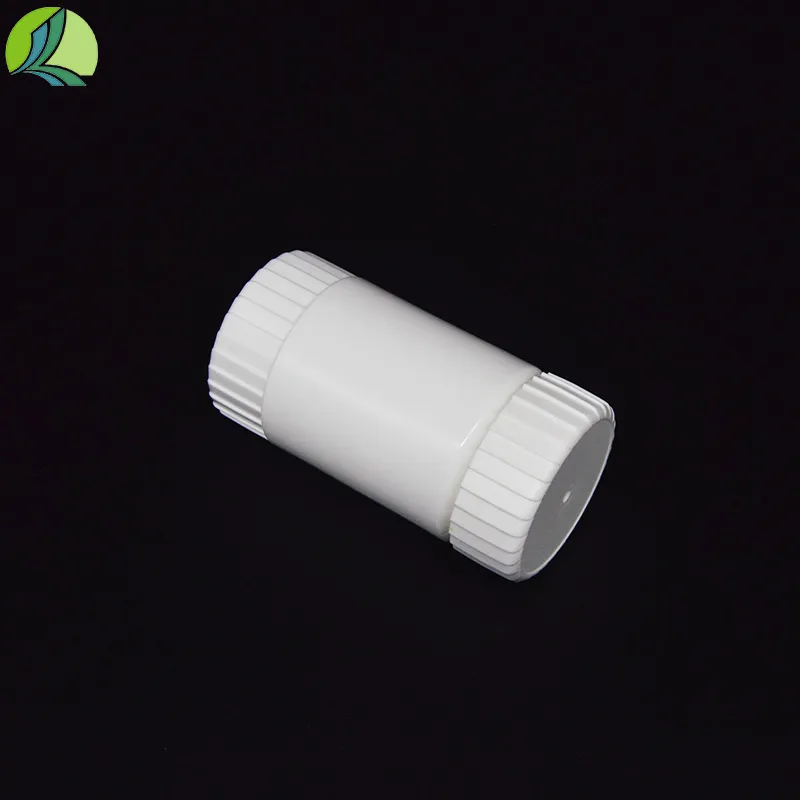Exploring the Applications and Benefits of Sample Tubes in Scientific Research
The Importance of Sample Tubes in Laboratory Research
Sample tubes play a pivotal role in various fields of scientific research, particularly in biology, chemistry, and clinical diagnostics. These small yet essential containers are designed to hold liquids, solids, or gases, safeguarding samples and ensuring their integrity during testing, transportation, and storage. Despite their simplicity, the variety of sample tubes available caters to a multitude of specific needs, making them indispensable in laboratory settings.
One primary function of sample tubes is to collect and store biological samples. In medical laboratories, for instance, blood samples are often collected using specific types of sample tubes that contain additives to preserve the integrity of the blood for various tests. These additives can enhance the stability of certain components or prevent clotting, ensuring accurate results. For example, EDTA tubes are widely used to prevent blood coagulation, allowing for comprehensive hematology analyses.
In addition to biological samples, sample tubes are utilized to store chemical compounds for analytical procedures. Chemists depend on glass or plastic tubes that can withstand various solvents and temperature fluctuations. When working with volatile substances, sealed sample tubes are critical for minimizing evaporation and contamination, which could otherwise skew experimental results.
Sample tubes come in various materials, such as glass, plastic, and even specialized polymers, each having its own set of advantages. Glass sample tubes are chemically inert and suitable for a wide range of applications, while plastic tubes are lighter and less fragile, making them preferable for certain fieldwork and transport. Choosing the right material is essential, as it can significantly affect how the sample interacts with the tube and its environment.
sample tube

Moreover, the design of sample tubes has evolved to enhance usability. Many contemporary tubes feature color-coded caps and labeling options, which assist laboratory personnel in quickly identifying the contents and intended use. This organization is crucial in high-throughput labs where time is of the essence, and misidentifying samples could lead to serious errors in diagnosis or research outcomes.
In modern laboratories, automation is becoming increasingly prevalent. Sample tubes designed for robotic handling streamline processes such as sorting, transferring, and analyzing samples. These advancements not only improve efficiency but also reduce human error, further elevating the reliability of laboratory results.
However, the role of sample tubes extends beyond simple containment. They are also essential in ensuring compliance with regulatory standards. Laboratories must adhere to stringent guidelines to maintain sample integrity and minimize contamination risks. Sample tubes equipped with tamper-evident seals and pre-sterilized options ensure that samples remain uncontaminated throughout their lifecycle, providing confidence in the results.
In summary, sample tubes are a fundamental component of scientific research across multiple disciplines. Their design and functionality have been tailored to meet the diverse needs of laboratories, ensuring that samples are collected, stored, and analyzed effectively. As research demands continue to grow, the importance of reliable and innovative sample tube solutions will only increase, reinforcing their critical role in advancing scientific knowledge and clinical diagnostics.
-
Aesthetic Makeup Spray Bottles | Fine Mist Empty RefillableNewsAug.19,2025
-
White Plastic Veterinary Vaccine Vials | Lab Liquid BottlesNewsAug.18,2025
-
Plastic Medicine Liquid Bottle: Secure Flip Top Drug VialsNewsAug.17,2025
-
Durable 250ml Blue Plastic Vaccine Vial for Lab & Vet UseNewsAug.16,2025
-
Sterile Virus Sample Tubes: Secure & Reliable Specimen CollectionNewsAug.15,2025
-
White 250ml Plastic Vaccine Vial for Lab & Vet MedicineNewsAug.14,2025
























